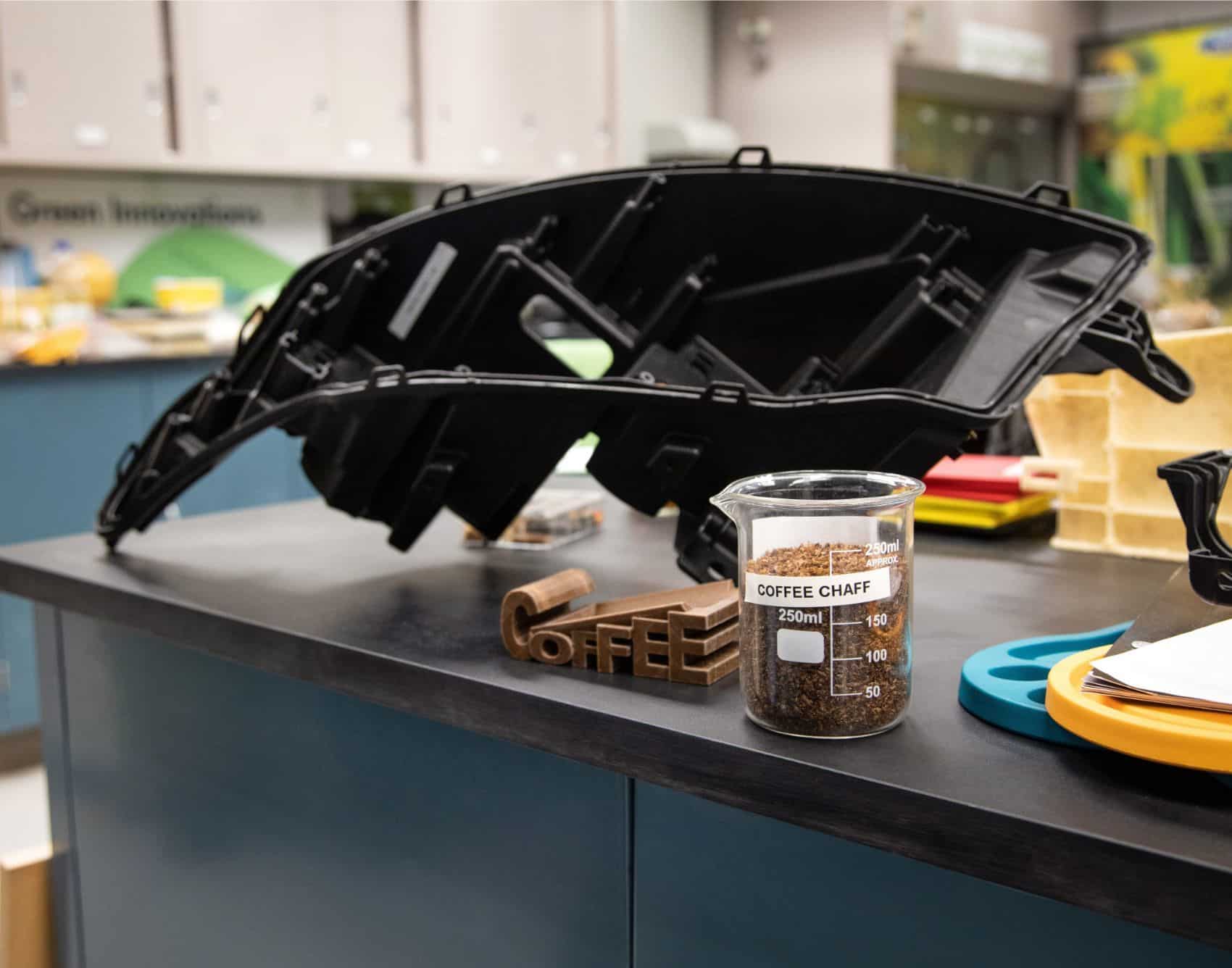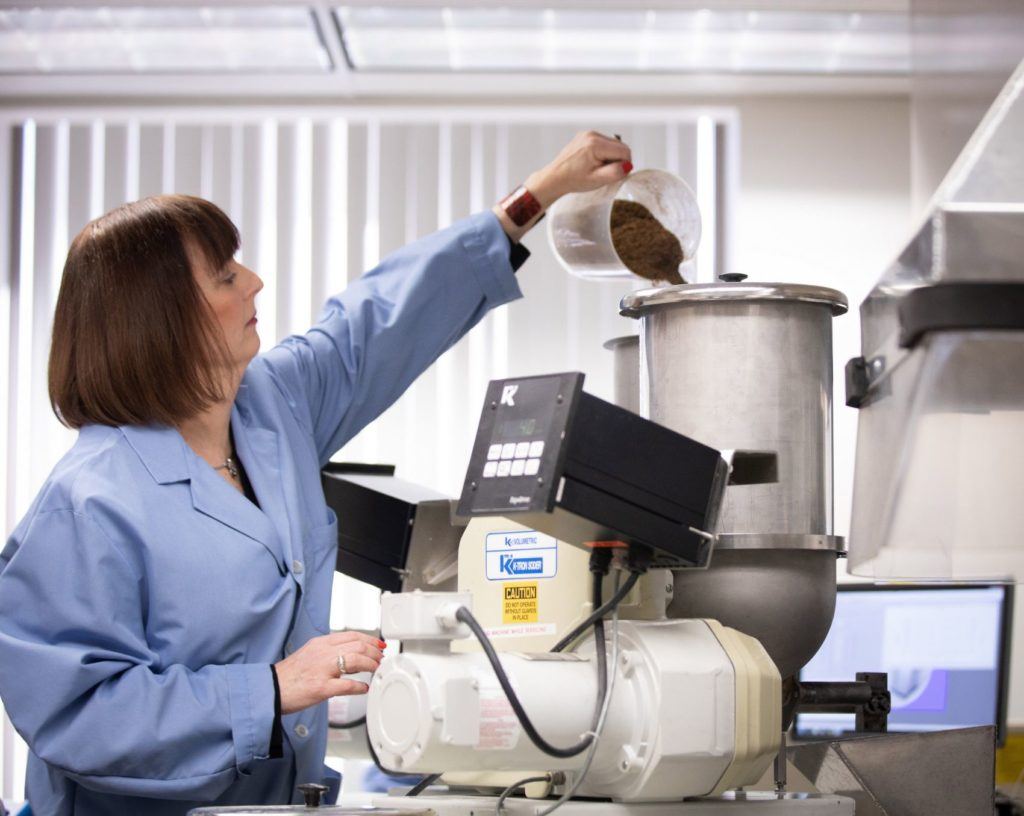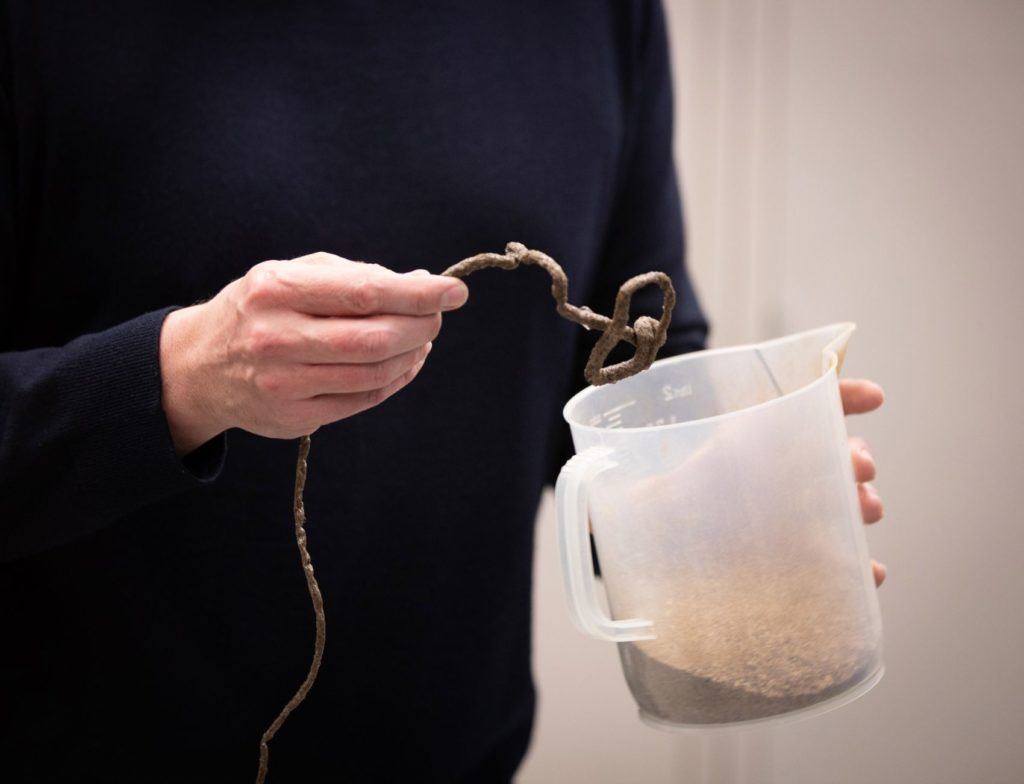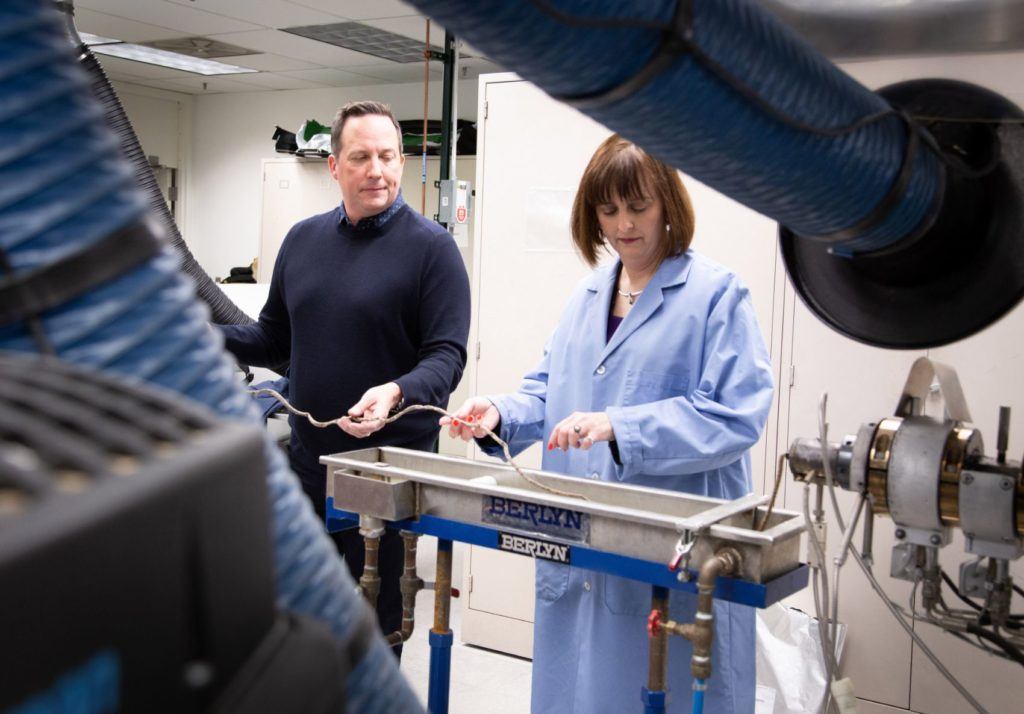
- Ford & McDonald’s are doing something cool with coffee.
- Did you know coffee chaff can be used to make car parts?
- We didn’t either but we thought it was pretty cool!
I’m pretty sure I’m the only guy in The Pacific Northwest that does not like coffee. I know, here in the land of Starbucks, that makes me very odd, but there’s not enough cream and sugar in the world to make that stuff not taste like ground up aspirin. Not that I’m opposed to coffee, and, after this goofy, yet fascinating news from Ford and McDonald’s, I’m even less opposed. Turns out, you can do some interesting stuff with the leftovers from your average cup of Joe.
Ford & McDonald’s Team Up
The leftovers in question is this stuff called chaff. Coffee chaff, the dried skin of the bean itself, naturally comes off during the roasting process. According to McDonald’s (the burger people), it adds up to millions of pounds of the stuff every year. So what do you do when you have tons of this chaff and you need to get rid of it? Turns out, you can use it to make certain car parts.
Headlamp housings, for example.
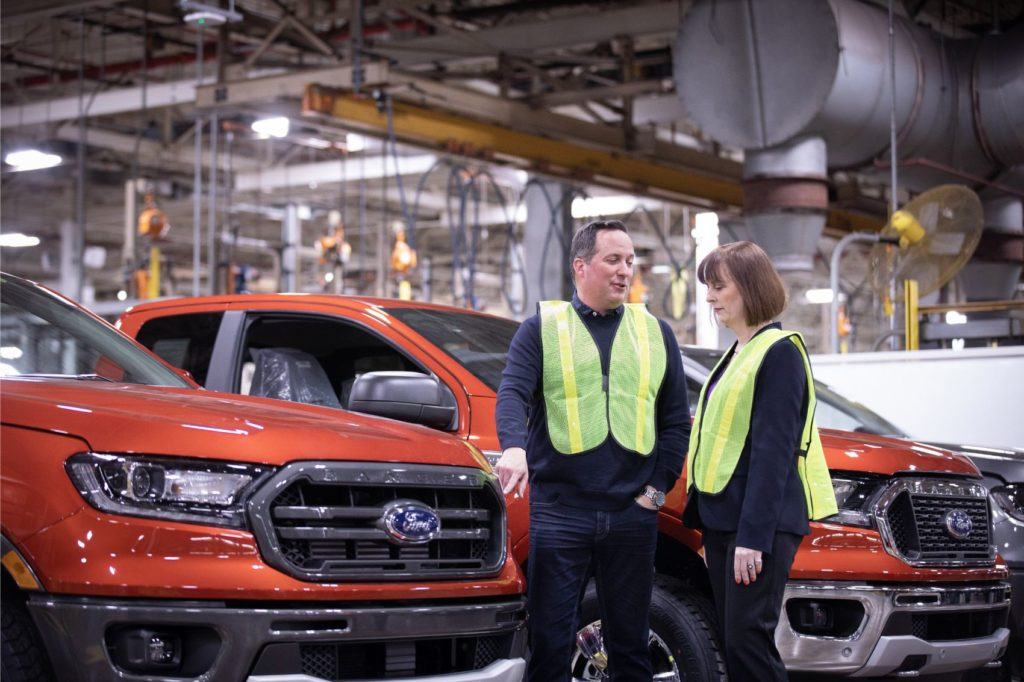
Coffee Into Car Parts: How It Works
Ford (the car people) and McDonald’s found that chaff can be turned into a durable material to reinforce certain vehicle parts. It sounds like a joke, but by heating the chaff to high temperatures under low oxygen conditions, then mixing it with plastic and some other additives, you can turn the chaff into pellets. The pellets can be formed into various shapes, like headlight housings.
This composite of chaff and plastic meets Ford’s quality specs for various parts (like headlight housings) and other under-hood components. Not only that, but the coffee chaff components are about 20 percent lighter, so performance and fuel economy goes up. And the environmental cherry on top is how the molding process requires up to 25 percent less energy. Neat!
The chaff components also have significantly better heat properties than the materials currently used according to FoMoCo. Ford also says this is the first time they have used coffee bean skins for vehicle parts. Like they really have to point that out. For Mickey D’s, purveyors of the Big Mac; they are expecting to direct a “significant portion” of their coffee chaff produced in North America to Ford.
- Related: Was Ray Kroc really the founder of McDonald’s?
Ford & McDonald’s Have Partners & Goals
In addition to Ford and McDonald’s, the project also involves Varroc Lighting Systems, which supplies the headlamps, and Competitive Green Technologies, who processes the coffee chaff. This is all part of Ford’s goal to use more renewable plastics.
McDonald’s, for its part, is aiming to source 100 percent of its end-user packaging from renewable, recycled or certified sources by 2025. A nice and necessary move. On top of that, McDonald’s is helping develop recyclable cups as part of the NextGen Cup Consortium and Challenge. Both of these efforts are part of the greater McDonald’s Scale for Good initiative, a world-wide obligation to use McDonald’s enormous size to encourage meaningful change around the globe. Huzzah!
“McDonald’s commitment to innovation was impressive to us and matched our own forward-thinking vision and action for sustainability,” said Debbie Mielewski, Ford Senior Technical Leader, Sustainability and Emerging Materials Research Team. “This has been a priority for Ford for over 20 years, and this is an example of jump starting the closed-loop economy, where different industries work together and exchange materials that otherwise would be side or waste products.”
“Like McDonald’s, Ford is committed to minimizing waste and we’re always looking for innovative ways to further that goal,” added Ian Olson, McDonald’s Senior Director of Global Sustainability. “By finding a way to use coffee chaff as a resource, we are elevating how companies together can increase participation in the closed-loop economy.”
So if you’re a Ford fan, maybe it’s time to grab another cup of Joe?
Tony Borroz has spent his entire life racing antique and sports cars. He is the author of Bricks & Bones: The Endearing Legacy and Nitty-Gritty Phenomenon of The Indy 500, available in paperback or Kindle format. Follow his work on Twitter: @TonyBorroz.
Photos & Source: Ford Motor Company.

